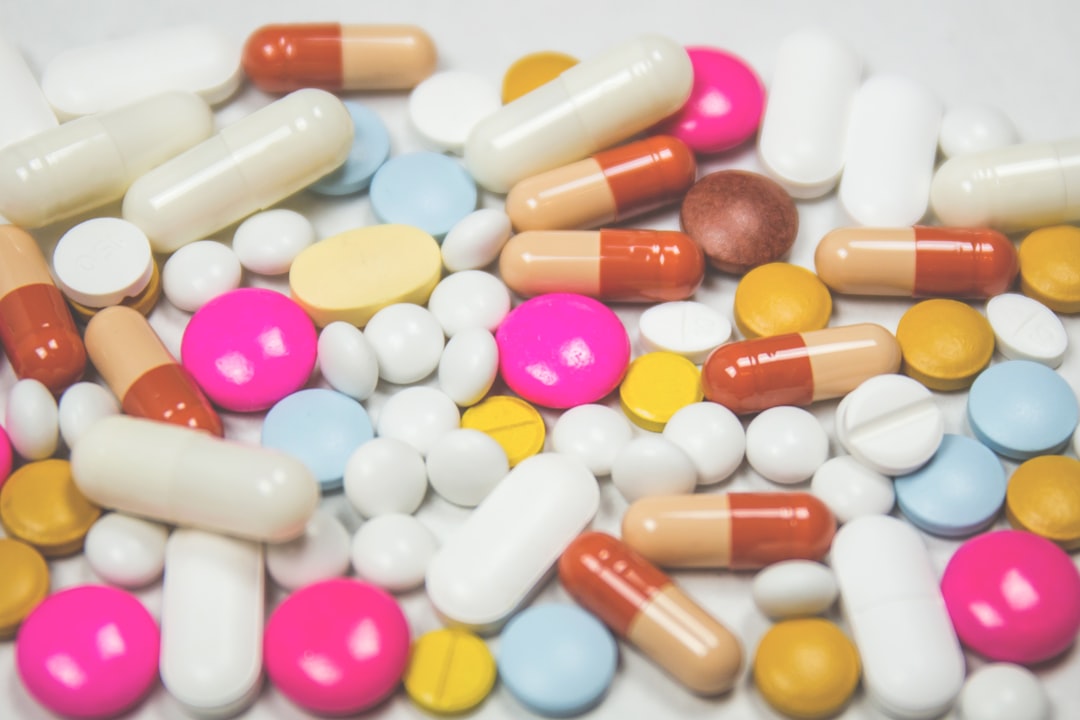What is it about?
There has already been reports on Amyloid proteins with surfactant properties due to their amphipathic nature. The bioemulsifier reported by us previously has been characterized as an amyloid protein in this article. These amyloid and surface active nature renders unique properties to the bacterial cell surface in correlation with the production and enhanced biofilm formation.
Featured Image
Why is it important?
The surface active properties of amyloid protein has been established here. The cell surface modulations correlate with the BE production. Studied with DLVO theory for thermodynamics of adhesion and biofilm formation, the importance of cell-surface amyloid-BE-AM1 becomes increasingly interesting.
Perspectives
The bioemulsifier properties of BE-AM1 has been established till now by us in previous publications. The amyloid nature of the protein is confirmed here. Changes in the cell surface properties with BE-AM1 production is a unique property that influences bacterial interaction with silanized and sulphonated surfaces of polystyrene as studied by DLVO theory and biofilm formation.
Dr Anoop Ravindranath Markande
Uka Tarsadia University
Read the Original
This page is a summary of: Bioemulsifier (BE-AM1) produced bySolibacillus silvestrisAM1 is a functional amyloid that modulates bacterial cell-surface properties, Biofouling, September 2016, Taylor & Francis,
DOI: 10.1080/08927014.2016.1232716.
You can read the full text:
Contributors
The following have contributed to this page










